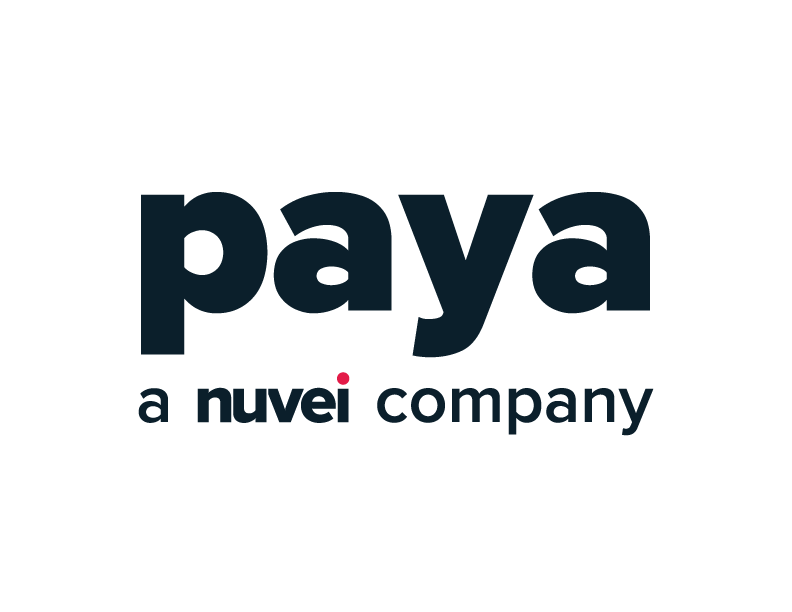
How to Fully Monetize Integrated Payments
In today’s digital age, even the smallest organizations rely on software applications to improve the efficiency of their operations. This digitization has pushed ISVs of all sizes to follow the SaaS model, receiving a monthly or annual service fee. For many, these software subscription fees are the one-and-only revenue stream. And while this is a reasonable and common business model, ISVs have other incremental revenue stream opportunities.
In this blog, we’ll explore three of the easiest ways SaaS companies can generate incremental revenue beyond the subscription by monetizing payment processing. It’s simple economics, and all happens behind the scenes while delivering exceptional value to software clients and their customers.
Interchange fees are charged by the bank that issues the customer’s credit or debit card. Merchants pay this fee.
Merchant fees are charged by the payment processor. Common rate structures include flat rate, tiered and pass-through pricing.
1. Monetize Payment Card Processing
For ISVs, the first income opportunity is based on bringing new merchants to their integrated payments provider for core transaction processing. As a valuable channel partner, ISVs typically receive a generous share of the revenue generated from the processor’s transaction fees. For a software provider on a growth trajectory, this additional cash flow—a split of a small fee—can add up quickly.
In most cases, integrated payment providers will include the commercials in their partnership proposals. A software provider’s revenue share is typically dependent on three primary factors:
- The ISV and processor’s partnership model
- The ISV’s total addressable payments market
- The ISV’s growth expectations
The core concept is simple: the more valuable the ISV is to the processor, the higher the revenue share the ISV receives. Other variables can affect how revenue is split, such as which party handles payments-related responsibilities—including risk and underwriting, merchant onboarding, funds disbursement and customer service.
2. Deliver Value-Added Services
A second way ISVs can monetize integrated payments is by offering merchants value-added payment services in addition to transaction processing. For example, many software clients are willing and able to pay for the following:
- Automated chargeback management
- Customer billing/invoicing
- Secure access to card-on-file information
- Cardholder account updates to prevent declines
By providing these services—all part of an integrated payments solution—ISVs can save software clients hours of time-consuming, manual processes. That’s why monetizing these tasks is relatively easy. Other value-added payment services, such as data analytics and fraud prevention services, may also provide revenue-sharing opportunities.
3. Embrace ACH Payments
Automated Clearing House (ACH) payments, or electronic checks, are a popular digital payment method for their convenience, speed, and cost-efficiency. In fact, compared to paper checks, debit cards and credit cards, ACH payments are the lowest-cost payment method.
An Automated Clearing House (ACH) payment is an electronic fund transfer that is bank-to-bank. In 2022 ACH payments grew 3% and totaled 30 billion. There were 5.9 billion B2B ACH payments, nearly quadrupling overall ACH growth with an 11.8% year-to-year increase.
For software providers, ACH presents a particularly attractive monetization opportunity.
This is because electronic check transactions are not subject to interchange fees like bankcards. Each ACH payment is assessed at a low flat rate, regardless of payment value. This fee structure allows ISVs to offer ACH processing at a significantly lower cost than credit card processing and still earn a very healthy profit.
For example ISVs may charge the merchant 1% for ACH as compared to the 3% a merchant would pay to accept a credit card. Because ACH is priced at a low flat rate, the partner may still make 80 basis points from the transaction instead of the 50 basis points they would have earned from a bankcard transaction.
How low ACH costs can add up to bigger margins for ISVs:
| ACH Payment Monetization | Credit Card Margin |
| 1% Fee to Merchants | 3% Fee to Merchants |
| 0 Interchange Fees | 2.995% Sample Interchange + other fees |
| 80 Basis Points ISV Margin | 50 Basis Points ISV Margin |
Start Monetizing Your Payments Now
With Paya as your integrated payments partner, you can earn incremental revenue that grows as your business grows. Plus, your software clients and their customers can enjoy added value from having more ways to accept and make payments. Best of all, revenue-sharing is built into our partnership models, making it easy for you to enjoy these additional payment benefits.
Let’s talk about how easy it can be to accelerate your business and fully monetize payment processing with Paya.
